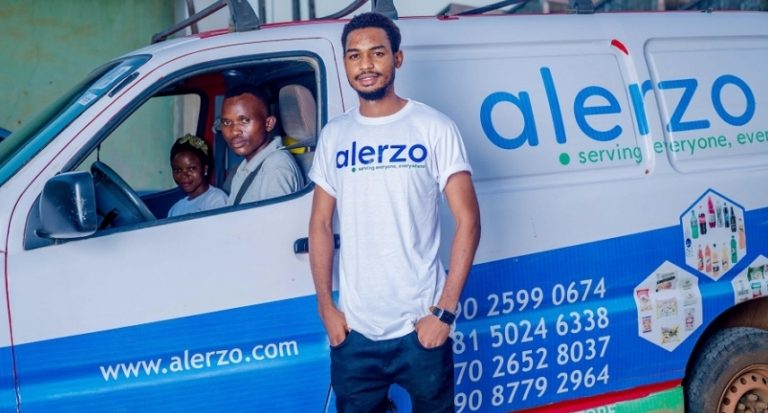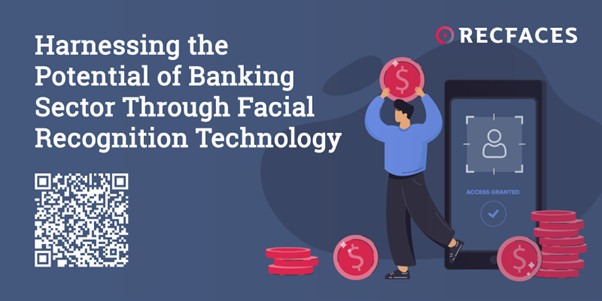Web3: The Internet’s future evolution in 2022 and beyond
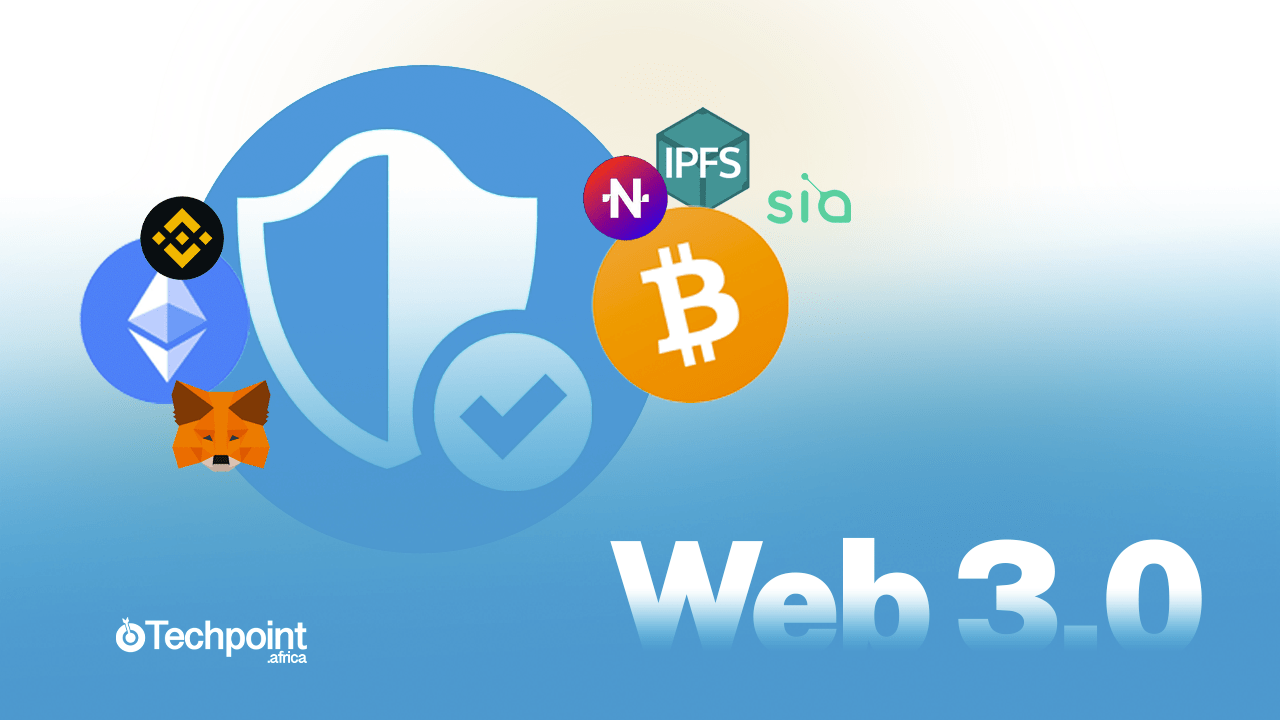
If you’ve heard of non-fungible tokens (NFT) on the Internet, you’ve probably heard of the latest buzzword — Web3. Both terms are coined by supporters of blockchain technology and crypto enthusiasts who believe it is the future of the Internet.
Although some, such as Elon Musk, have stated that the term is merely a “marketing buzzword than reality right now,” a closer examination of it suggests that it has the potential to change not only the Internet, but the world economy as we know it. But, before I suggest that Musk may be mistaken and sound like a crypto fanatic, what exactly is Web3?
What exactly is Web3?
Web3 is simply the Internet that everyone has access to. A decentralized World Wide Web that is owned by no one but is run by everyone’s decisions.
To gain a better understanding of what Web3 is and why it was created, it is necessary to begin at the beginning — with the first and second generations of the web and how they differ from the upcoming third generation.
Web1: The Starting Point
Web1 is the first version of what we now call the Internet. According to Nupur Choudhury’s 2014 paper, World Wide Web and Its Journey from Web 1.0 to Web 4.0, Tim Berners-Lee introduced the Web in late 1989. He saw the Web in three forms: a Web of documents (Web1), a Web of people (Web 2), and a Web of data (Web 3). (Web3).
Because there were few visuals besides text, it is correctly referred to as “read-only web.” In contrast to today’s Internet, which allows users to interact with information online, Web1 users were more passive, only reading things online.
There was no comment section, as there is on the Techpoint Africa website, Twitter, or Facebook, where you can air your views or share your thoughts on someone else’s. Cameron’s World, a web-collage of text and images from 1994 to 2009, is an excellent example of what Web1 is like. Another great example is how CNN used to look in the year 2000.
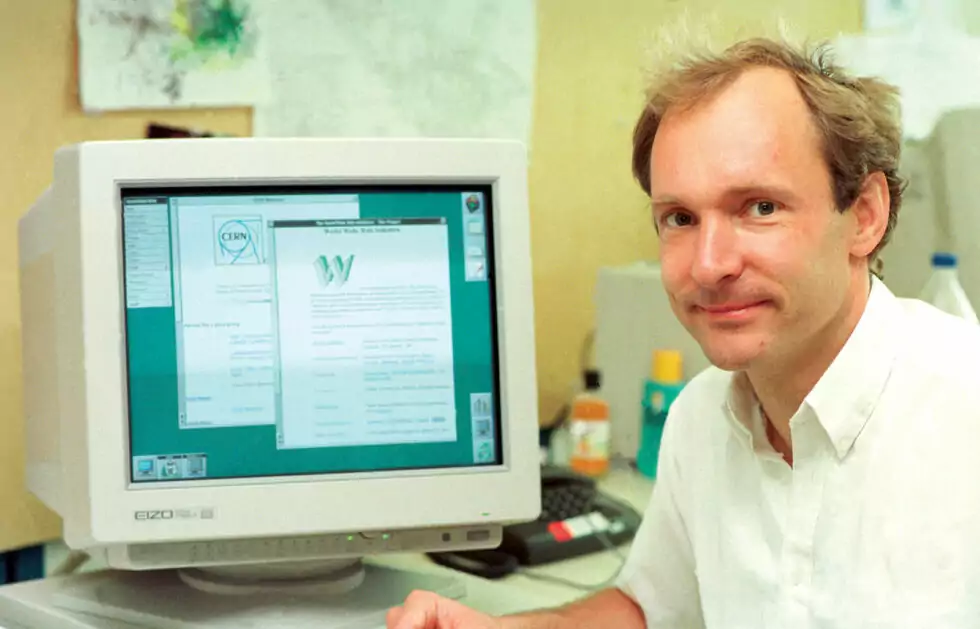
Berners-Lee is a British scientist who previously worked at the Organisation Européenne de Recherche Nucléaire (CERN). At CERN, he proposed what is now known as the Internet as an effective communication system.
However, Berners-Lee realized that his proposal was far more powerful than simply being a communication system for CERN, but for the entire world. He and Belgian computer scientist Robert Cailliau decided to connect information on the Web with hypertext, and thus the Internet was born.
Surprisingly, the first iteration of the Internet was not at all like what we have today. Web1 was essentially an offline document to millennials or Gen Zs.
Web2: Current dispensation
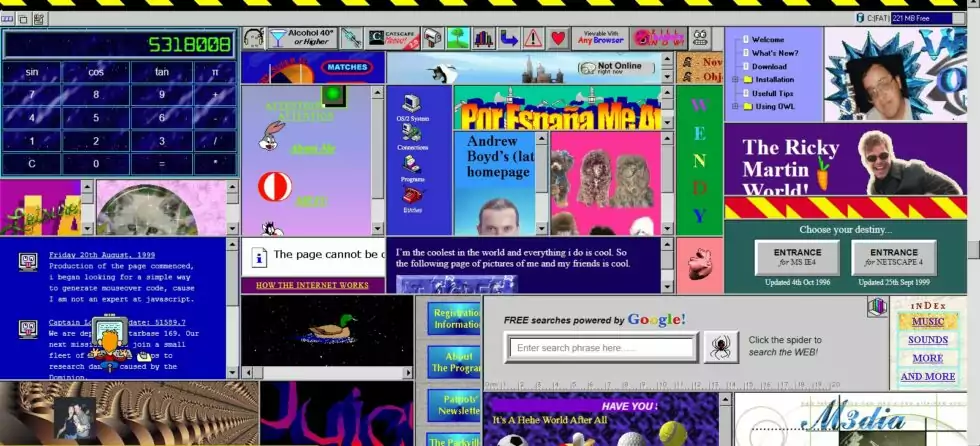
By 2004, the Web1 era was coming to an end, and the second iteration of the Internet was on its way. It would be the start of user-generated content on the internet. In the same way that Web3 is currently causing a stir on the Internet, the arrival of Web2 did the same. It was referred to as a movement and a new wave of social services.
“Web 2.0 is the business revolution in the computer industry caused by the move to the Internet as a platform, and an attempt to understand the rules for success on that new platform,” says Tim O’ Riley, Co-Founder of O’Riley Media and the man who popularised the term Web2.
“One of the most important of these rules is to create applications that use network effects to improve as more people use them.”
Web2 was truly transformative; it gave birth to social media networks like Facebook and Twitter, which continue to dominate online social interactions to this day. Cloud computing, eCommerce, financial services, and many of the other things we enjoy on the Internet today would not have been possible without the development of Web2.
Although Web2 generated as much excitement as Web3 does now, people calmed down when Web2 became commonplace.
This is Web3
Web3 is the concept that underpins the creation of cryptocurrencies, which is simply decentralisation. Blockchain and cryptography, which underpin cryptocurrency, will also play an important role in Web3.
Web3, like Web2, aims to make the Internet more inclusive while taking control away from large corporations such as Facebook, Google, and Amazon. It intends to accomplish this by decentralizing the Internet.
“There’s a small group of companies that own all this stuff, and then there’s us who use it, and despite the fact that we contribute to the success of these platforms, we don’t have anything to show for it,” says Mat Dryhurst, a Berlin artist and proponent of the Web3 revolution.
What to prepare for with Web3
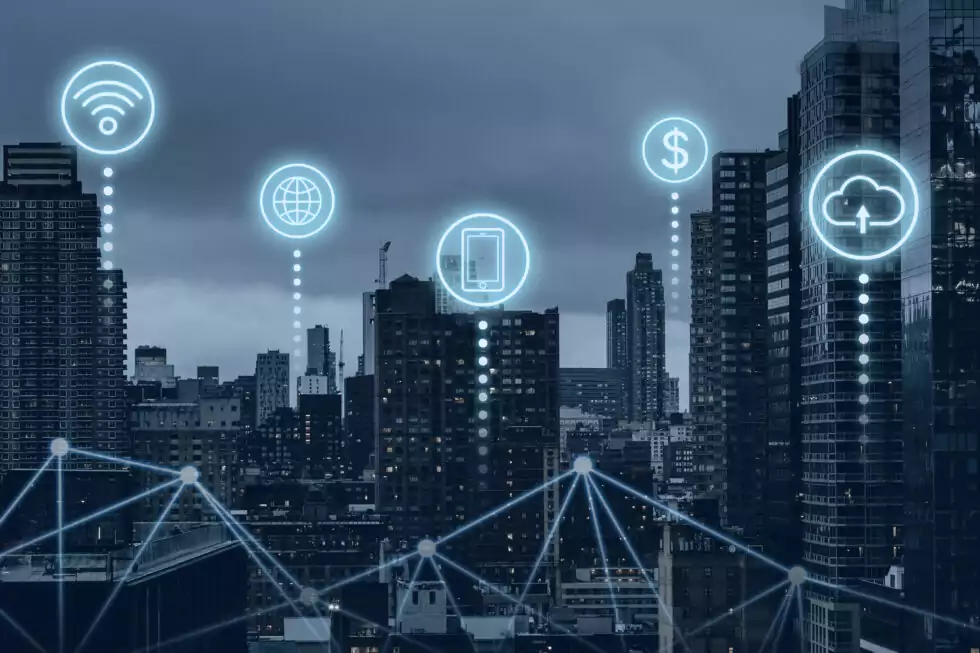
But how will Web3 empower people to control the Internet? With the introduction of cryptocurrencies, we’re already seeing a glimpse of how Web3 will function. Bitcoin, for example, does not belong to anyone, and all data on the Bitcoin network is distributed throughout the network rather than in a single location.
With Web3, user data on the Internet is not owned by Google or Facebook; instead, it is stored on a blockchain that belongs to everyone. According to Business Insider Africa, you will only need one account to do everything on the Internet. The same account, for example, will be used for Twitter, Facebook, Amazon, Spotify, Jumia, Bolt, and even Techpoint Africa.
Essentially, all online applications and websites will be decentralized. So, we’ll log in to these applications in the same way that we log in to blockchain platforms like decentralized finance using the Web3 wallet, Metamask.
To buy or upload an NFT on OpenSea, an NFT market, for example, you simply connect your Metamask wallet, and it recognizes you. The same Metamask wallet can be used to access other NFT marketplaces such as Rarible and SuperRare. In fact, that wallet will be compatible with decentralized finance platforms (DeFi), decentralized exchanges (DEX), and virtually every Web3-enabled application.
Artificial intelligence will also play a significant role in Web3 (AI). Although AI currently works with Web2, the third generation of the Internet will allow AI to understand web content in the same way that humans do, making AI much smarter. According to CoinMarketCap, AI will not only understand words but also the emotions behind the words thanks to Semantic Web, a web writing standard that makes online content readable for AI and machines.
It’s worth noting that much of what Web3 is said to be capable of has yet to be seen or tested. However, many venture capitalists appear to be bullish on the Web3 future.
Web3-related startups have raised $27 billion this year alone, which is more than 1,200% more than the total African startup ecosystem raised in 2019 and 2020 combined.
Getting started with Web3 in 2022
Although the concept of Web3 isn’t fully formed, platforms that embody the concept already exist, and they’re creating opportunities for people to collaborate and earn money. Decentralized autonomous organizations (DAO), DeFi platforms, crypto gaming platforms, and even the metaverse are examples of such platforms.
However, because these platforms are new and complicated, there are financial and educational barriers to entry. As a result, the first step in getting started with Web3 will be learning, for example, how to enter the world of non-fungible tokens.
While Web3 is a new concept, there is plenty of information about it on the Internet, and a quick Google search can yield a lot of results.
When it comes to earning money with Web3, however, a quick Internet search may not suffice. Gaming, on the other hand, appears to be the least risky way to profit from the new Internet iteration.
With their scholarship program, platforms such as Metaverse Magna in Africa have made it simple to profit from crypto gaming. It gives players the tools they need to compete on crypto gaming platforms like Axie Infinity, where they can earn up to $2,000 per month.
A career in Web3 is another way to profit from it in 2022. Because the field is still in its early stages, Web3 and blockchain experts are in high demand. Dapp University is an excellent place to begin learning about Web3 careers.
While Web3 may be the Internet’s gleaming new future, only time will tell if it will deliver on its many promises.





